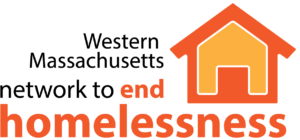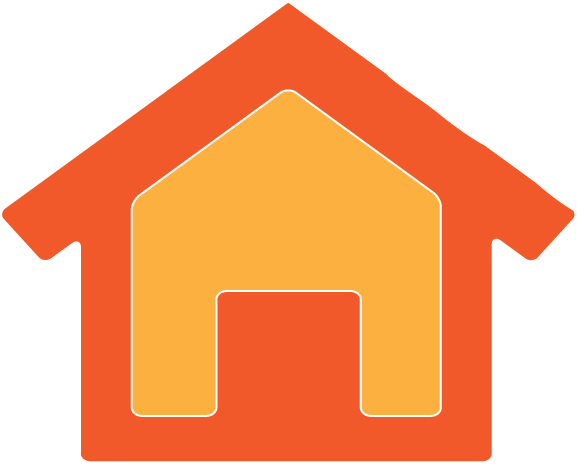The Network responded to a call for nominations to participate in a national study conducted by the U.S. Department of Health and Human Services, in collaboration with the U.S. Department of Housing and Urban Development, that examines local models that link human services with housing supports for homeless families. The nomination letter is below, for your information.
Dear Ms. Holt,
I am writing on behalf of the Western Massachusetts Network to End Homelessness (“WMNEH” or “Network”) to nominate the Network as a “promising model” for inclusion in the national study that demonstrates promising linkage service models for homeless families.
The WMNEH serves the four western counties of Massachusetts (Hampden, Hampshire, Franklin and Berkshire) and seeks to create collaborative and innovative solutions to end homelessness through a housing first approach that prioritizes prevention, rapid re-housing and stabilization. Its model effectively spans urban to rural homelessness, from the City of Springfield to the small communities in the Berkshires, and has already demonstrated significant impact since its creation 18 months ago with support from the Massachusetts Interagency Council on Housing and Homelessness. Specifically, it meets the terms of your desired model in the following ways:
Collaborative
The WMNEH includes over 100 individuals representing almost as many organizations across the four western counties. Membership spans municipal and state government, including representatives from each of the three Continua of Care, consumers, faith and academic institutions, business and foundations and non-profit housing, hunger and anti-poverty organizations. Its success is premised on collaboration, fostered by regular monthly committee meetings that include representatives from numerous state agencies and housing, child care, domestic violence and health care providers serving families. Timely and constant communication and planning across the region are made possible through the Network’s blog, https://www.westernmasshousingfirst.org. Pilot projects connecting on-site collaboration between housing and human service providers and state agency staff have resulted in the significant reduction of the need for shelter and are currently under expansion. Collaboration among all entities has streamlined the delivery of services so that the right resources are getting to the right people at the right time.
Implementable
Probably the most striking aspect of this model is the combination of its significance with its simplicity. It begins with a commitment of resources to coordinate, literally an investment in the infrastructure of the Network itself. In the spirit of “if you build it, they will come,” partners have enthusiastically embraced the Network. In view of the extraordinary level of demand and the equally extraordinarily limited resources, organizations and their staff recognize that doing their job effectively requires maximum coordination. Once the right people are around the table, innovation and impact are underway.
Scalable
The WMNEH very parameters capture just how scalable this model is: from the extremely urban City of Springfield to the small cities of Northampton, Greenfield and Pittsfield to the rural towns inbetween them all, the Network provides the vehicle for change. In every community, coordination and collaboration are cornerstones for ultimate impact. As a flexible entity, the Network may zero in on a sub-region’s particular challenges and create innovative responses to them. Other times, the challenges apply to the entire region and maximum impact with policymaking and implementation takes place for the region as a whole. The Network’s basic mission — to create housing first solutions through a collaborative model — is one that spans all geographies.
Measurable
The Network’s infrastructure includes support for a data analyst, which is vital for measuring our outcomes. Through systems-building, which includes merging data collection for the three Continua of Care, and creating easy-to-use monthly reporting tools, the Network is able to measure the impact of its work at any given moment in time. Over 18 months, between March, 2009 and September, 2010, the Network prevented homelessness for 2,283 families, diverted 215 families from shelter and re-housed 318 families. This success resulted from the leveraging of state and federal housing resources, in conjunction with housing stabilization services, child care, income maximization and other coordinated support through Network partners. With the Network’s commitment to data, we can tell the story of what we accomplished and how.
Cost effective
Housing is more cost effective than shelter. In Massachusetts, where children are legally entitled to shelter, families are placed in motels when shelters are full to capacity. Right now, in the western region, over 170 families are living in motels at a cost of roughly $3,000 per month. This is in contrast to the average monthly rental cost of $750. We know that working collaboratively to find housing solutions not only better serves families but saves taxpayer dollars.
I would be happy to talk more. Thank you for your consideration.
Best,
Pamela Schwartz, Director
Western Massachusetts Network to End Homelessness
413-219-5658
https://www.westernmasshousingfirst.org

